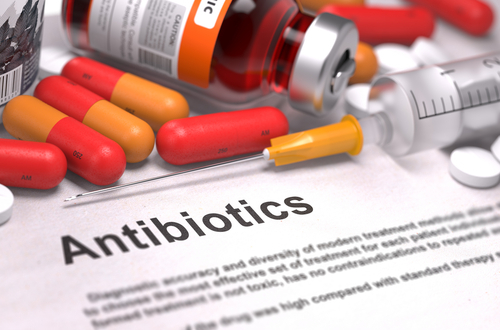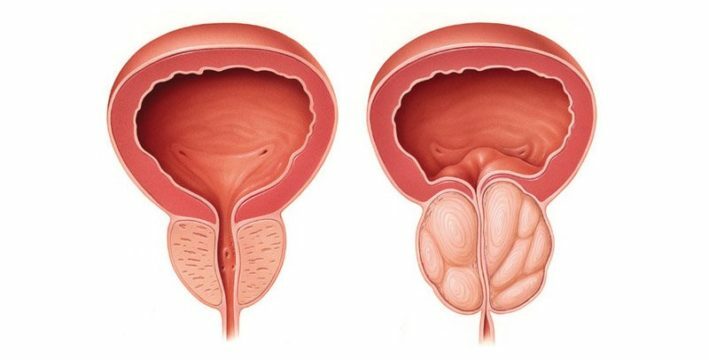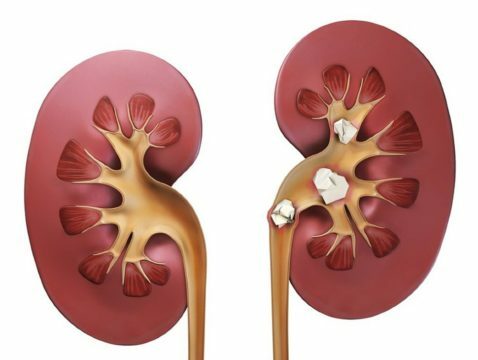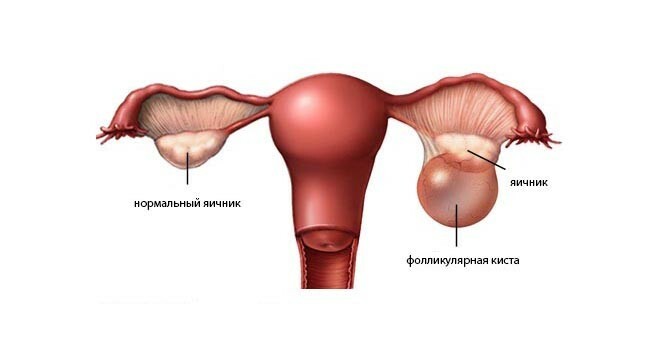Prostate is the most important organ of the functional abilities of the male reproductive system. From her condition depends on sexual opportunities, a stable erection, as well as the quality of the urinary system. For today the most frequent diseases of the prostate gland are prostatitis and adenoma. These fundamentally different pathologies affect the genitourinary system, while they have a number of differences and are almost never related. What are the symptoms of prostatitis and adenoma, how to avoid these diseases?
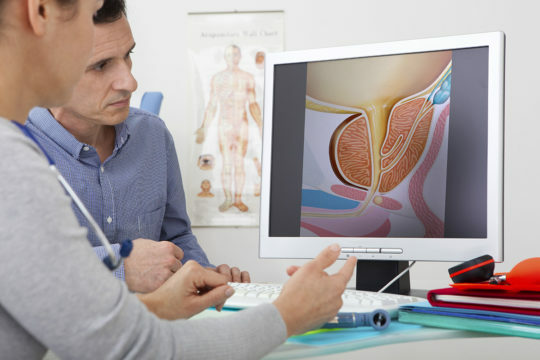
Differences
It is a common misconception that adenoma and prostatitis are different stages of one disease. Despite the fact that as a result of both ailments the prostate is affected, the diseases have different etiologies. There is also a list of symptoms of prostatitis in men and prostate adenoma.
Prostatitis - an inflammatory process of the gland, occurs due to:
- injury;
- hormonal failure;
- subcooling;
- infection;
- stagnant process, with irregular sexual acts.
Adenoma is a benign tumor that has nothing to do with inflammatory processes. Objective reasons for the development of such a disease have not yet been identified.
Inflammatory processes can not cause tumor development in the male reproductive system. While the presence of a tumor and as a consequence, the improper work of the organs, can cause inflammation in the body - prostatitis. However, this phenomenon is very rare. Prostatitis is often diagnosed in young men, whereas adenoma occurs mainly after 50 years of age.
Acute and chronic course of
Specialists distinguish two forms of prostatitis: acute and chronic. Accordingly, the symptoms and treatment of each type of pathology are somewhat different. For example, the acute form of prostatitis is characterized by such signs:
- Increased temperature level, chills;
- Problems with urination. Possible acute retention of urine( outflow of urine overlaps);
- Severe pain in the perineum, as well as groin;
- Frequent urge to urinate, along with pain. The greatest frequency is observed at night;
- General intoxication;
- Pus may be isolated.
Accurate diagnosis of acute prostatitis also includes the surrender of general tests and rectal palpation of the prostate.
Chronic prostatitis does not have such vivid signs. In addition, the symptoms are noticeable only during periods of exacerbation of the disease. In this case it is observed:
- Obstructed urination;
- Pain in the groin, perineum and lower abdomen.
The occurrence of chronic prostatitis is more common than acute. He is harder to treat. For this reason, it is advisable to carry out prophylaxis to prevent this form from occurring.
Treatment of
If the acute course of the disease is due to the presence of bacteria, then the doctor prescribes antibiotics, as well as medicines for symptomatic therapy - relief of urination, pain relief.
Combat the chronic form of prostatitis effectively with the help of an integrated treatment support. It includes:
- Physiological procedures;
- Correction of nutrition( more to consume plant foods, reduce the amount of fats, especially animal origin);
- Settlement of a way of life;
- Special gymnastics.
With prostatitis rarely resort to surgical manipulation.
Complications of
If you do not start treating the prostate gland in time, you may develop unwanted consequences. In addition, various forms of the disease provoke their complications. So bacterial acute inflammation can cause purulent phenomena - an abscess. In this case, the male has:
- Fever;
- Temperature rise;
- Overlapping the urinary output channel due to swelling of the gland.
In addition, an abscess can provoke a blood infection.
With chronic bacterial flow of prostatitis appears:
- Pain with ejaculation;
- Weakening of sexual desire;
- Difficulties during an erection.
Pathology can also be a cause of epididymitis, orchitis, or vesiculitis.
Non-bacterial prostatitis stimulates the development of impotence. Such a diagnosis practically excludes the possibility of leading a rich sex life. As a result of asymptomatic inflammation of the prostate, cancer can develop. Pathological processes of the prostate, lasting for years, proceed without symptoms. Sometimes this condition can provoke cancerous tumors. Diagnosis of education in the early stages is difficult. For this reason, it is appropriate to donate blood for the detection of PSA every year for preventive purposes.
Adenoma
Benign prostatic gland formation that does not go beyond it is called adenoma. The main causes of the emergence of pathology include hormonal restructuring of the body when reaching a certain age. The disease is typical for men over 40 years. The risk of the appearance of pathology increases with age. He is subject to 25% of men after 50 years and 50% of the male half of the population age 75 years.
In adenoma, the following symptoms are observed:
- Weak, intermittent urine stream;
- Presence of blood and mucus in the urine;
- Cutting, burning in the prostate;
- Small discharge of urine after urination;
- Permanent thirst;
- Discomfort, pain with ejaculation;
- Pain in the lumbar and pubic department;
- Decreased appetite;
- Frequent desires, mainly at night.
All manifestations and signs of pathological education are connected to the overall clinical picture gradually with the development of the tumor. However, the disease without difficulties is diagnosed already at the initial stages of development.
Stages of development of
Prostate adenoma can develop, moving from one stage to another:
- Compensated. At this stage of the disease, a weak flaccid urine stream is observed during urination. The process itself has a fast and difficult character.
- Subcompensated. Signs are replenished with a constant feeling of heaviness in the bladder, there is an incomplete emptying. There are failures in the kidneys.
- Decompensated. In the urinary canal, muscle tone completely disappears. As a result, the process of urination is blocked.
Progresses benign tumor slowly. It is noticed that men often ignore the primary symptoms of pathology and seek medical advice only with the onset of urination problems.
Complications of
Prostate adenoma is not a malignant tumor, however, in the absence of proper therapy, new pathological processes may develop:
- Urolithiasis;
- Bladder overflow;
- Cystitis;
- Inflammation of the kidney or urethra;
- Renal failure, which changes into a chronic condition.
The lethal outcome of these complications does not cause, however, they significantly reduce the quality of life.
Diagnosis
The specialist can establish a preliminary diagnosis - the presence of tumor formations, based on the patient's complaints. In most cases, it is confirmed by a more thorough examination.
Despite this, the first symptoms of gland adenoma may erroneously indicate other inflammatory diseases of the organs. For this reason, conducting an additional survey is simply necessary. To confirm the preliminary diagnosis of the adenoma it is necessary to pass:
- Blood, urine examination;
- ultrasound;
- Rectal palpation of the prostate;
- Analysis of precipitates.
Treatment of
At the first manifestations of the disease, specialists are prescribed therapy with the use of medications that inhibit tumor growth and remove puffiness. At large tumor sizes, causing complications, for example, overlap of the urinary canal, surgical intervention is required. Pathological tissues are simply removed. This method of treatment is used in II, III stages of the disease.
Postoperative period may be accompanied by such phenomena:
- Deterioration of the level of sexual life;
- Bleeding;
- Inflammatory processes of an infectious nature.
All these consequences are temporary and with complete recovery disappear.
Prostate gland
The main task of the prostate is the development of a secret( proprietary juice) that feeds spermatozoa. In addition, iron regulates the process of urination. Outwardly it is similar to a walnut and has the shape of a trapezoid.
There are 3 main prostate assignments:
- Secretory. Action directly depends on testosterone, produced by the endocrine system.
- Barrier. As a result, the access of infection coming from the urethra to other organs is blocked.
- Motor. Urine is retained by the muscles that form the sphincter.
Even minor deterioration in prostate function can lead to severe, irreversible pathological processes. For this reason, the appearance of any symptoms, secretions or pain in the organs of the reproductive system requires immediate consultation with a specialist. After the diagnosis, the doctor will be able to provide timely treatment and help to return to a healthy lifestyle.


